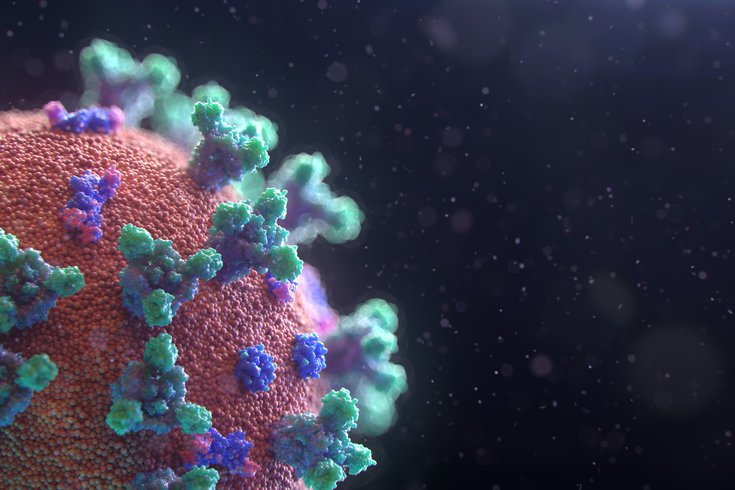
July 27, 2020
 Fusion Medical Animation/Unsplash.com
Fusion Medical Animation/Unsplash.com
King's College London researchers have developed a model that can predict which COVID-19 patients will need intensive care.
Since the first cases of COVID-19 were reported in China, the global medical community has been scrambling to understand the progression of the disease. What was initially believed to be a respiratory infection is now known to affect multiple organ systems.
Researchers at King's College London have identified six distinct ways COVID-19 can play out, a finding that could help doctors better predict the level of care individual patients may require.
The study, which has not been peer-reviewed, divided COVID-19 infections into categories based on the symptoms patients experience. Each type can vary depending on severity.
Researchers based their findings on data taken from a symptom tracker app. It included information on 1,600 patients from the United States and the United Kingdom.
The six types are:
• Flu-like with no fever. Headache, loss of smell, muscle pains, cough, sore throat, chest pain, but no fever.
• Flu-like with fever: Headache, loss of smell, cough, sore throat, hoarseness, fever and loss of appetite.
• Gastrointestinal: Headache, loss of smell, loss of appetite, diarrhea, sore throat, chest pain, but no cough.
• Severe level one, fatigue: Headache, loss of smell, cough, fever, hoarseness, chest pain and fatigue.
• Severe level two, confusion: Headache, loss of smell, loss of appetite, cough, fever, hoarseness, sore throat, chest pain, fatigue, confusion and muscle pain.
• Severe level three, abdominal and respiratory: Headache, loss of smell, loss of appetite, cough, fever, hoarseness, sore throat, chest pain, fatigue, confusion, muscle pain, shortness of breath, diarrhea and abdominal pain.
Nearly half of the patients who developed the most severe form of COVID-19 needed hospitalization. By contrast, only 16% of patients with the first type – flu-like with no fever – were hospitalized.
The need for breathing support also was higher among patients with the more severe types of the disease. Nearly half of the patients with the most severe form, which includes abdominal and respiratory symptoms, required ventilation. Just under 10% of the patients with the other two severe forms – those causing fatigue and confusion – needed breathing support. And less than 5% of patients with the three other forms required ventilation.
The researchers then developed a model that can predict the symptom cluster a patient will experience. It also can determine the risk of hospitalization and likelihood of needing breathing support.
The model takes into account several patient factors, including pre-existing conditions and the symptoms experienced over the first five days. It was tested on 1,000 users in the U.S., U.K. and Sweden.
Because most patients who require breathing support come to the hospital about 13 days after symptom onset, the model could help doctors identify the patients most likely to need intensive care.
"These findings have important implications for care and monitoring of people who are most vulnerable to severe COVID-19," said Dr. Claire Steves, of King’s College London. "If you can predict who these people are at day five, you have time to give them support and early interventions such as monitoring blood oxygen and sugar levels, and ensuring they are properly hydrated – simple care that could be given at home, preventing hospitalizations and saving lives."
Researchers found patients with the more severe forms of COVID-19 tended to be older, more frail, overweight and have pre-existing conditions.
Researchers noted that skin rash is now considered a common symptom of COVID-19. It was not considered a symptom at the time of the study and therefore wasn't included in the symptom clusters.